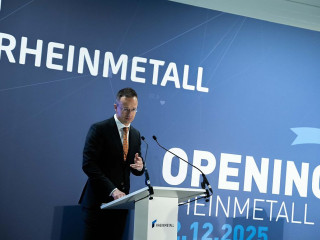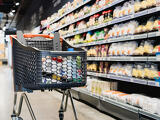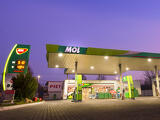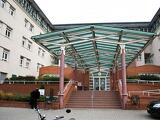SCM magazin, IV. évfolyam 4. szám, 2000. május, szállítmányozás melléklet
A cikk magyar nyelvű változata
The Hungarian section of the Danube was a main transportation route before 1989, but a great deal of trade was taken over by road transport. The Danube-Rhine-Main corridor, especially after the connection with the Black Sea, has gained a greater role in river transportation. River traffic is most economical in the case of large long distance deliveries where speed is not a priority.
Hungarian water transportation can be divided into two main groups. The lower Danube remains unnavigable to this day as a result of the Yugoslavian war. The Hungarian shipping company Mahart Rt. has not decommissioned its fleet on this section of the river, meaning its costs have increased significantly in relation to revenues, but the company continues to count on the restarting of navigation on the lower Danube after the situation returns to normal, we learned from András Kiss, logistical director of Mahart Rt.
Water transport, therefore, is currently restricted to the upper Danube, which has seen growth over the years. For the maintenance of economical and profitable river transport, modernisation of the fleet is indispensable. The majority of barges in Hungary are towing vessels, and are outdated with spare parts are hardly obtainable. It is planned to change over to pushing vessels in the long term, which represents around 2-3 years. Boat construction is very expensive, so every aspect needs to be carefully examined before the appropriate type of vessel is chosen, as direct profit returns are realised only after 6-7 years, although indirect returns (environmental protection) show much earlier.
It is more characteristic of the international market for companies to work with autonomous vessels, mostly operated by families. It is difficult to compete with these, as in order to stay in competition not only modernisation is required, but also an improvement in traffic co-ordination.
Reorganisation has already begun at Mahart, under which crew members only receive payment for work actually carried out, which motivates them to carry out faster, better, more reliable transportation. Mahart also plans to install GPS systems, making it possible to track vessels far more accurately, which means security for clients, stated Kiss.
The returns brought by water transportation depend on the load. In this sector it is mainly bulk goods that are transported, such as ore, coal, phosphate, and bulk agricultural goods, like grain and feed. Bulky piece goods such as iron and steel products, bagged goods, industrial end-products, construction materials, artificial fertilisers. Very heavy or large machines and components, cells, containers, crude-oil products (diesel, mazut).
The investment requirements of inland water transport - with the exception of artificial waterway construction, which today usually takes place as part of complex water management - is generally lower than that of railways and motorways, depending on the cost of adapting natural waterways and the construction of dock facilities.
Water transport, however, can only be considered within the restrictions of natural water routes, in addition to which operation is also restricted by the weather (ice, fog, etc.) Great advantages over the railways include lower running costs and more favourable labour-productivity, mainly the result of large load capacity. Disadvantages, however, include the low speed and the costly loading procedures.
Awaiting development
The Hungarian section of the Danube was a main transportation route before 1989, but a great deal of trade was taken over by road transport. The Danube-Rhine-Main corridor, especially after the connection with the Black Sea, has gained a greater role in river transportation. River traffic is most economical in the case of large long distance deliveries where speed is not a priority.



































